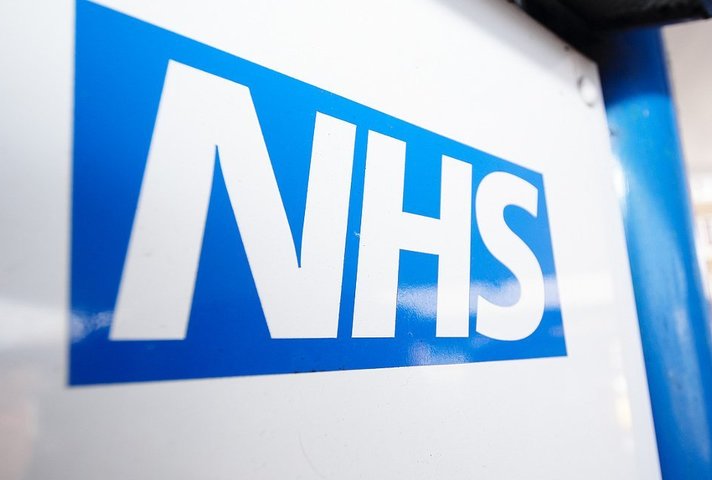NAO report finds that ultimate costs, delivery date and likelihood of success of £12bn-plus programme all remain uncertain
The Home Office paid out £45m in order to terminate two years early its contract with Motorola Solutions for the delivery of the core voice application for the Emergency Services Network.
The £400m-plus deal – which began in 2015 and had been due to conclude at the end of 2024 – was effectively ended with immediate effect on 19 December last year, as exclusively revealed by PublicTechnology. The tech firm will provide certain “termination assistance services” for a further 12 months.
A new report on the ESN project published by the National Audit Office reveals that, following negotiations, the Home Office agreed to pay Motorola a total of £45m in order to terminate the commercial agreement.
This includes a one-off fee of £27m “to settle outstanding milestones and disputes”, as well as £18m for the provision of certain ongoing services in which Motorola will “continue testing [to] enable the Home Office to ensure that ESN works with Airwave” – the incumbent emergency services communications system that is due to eventually be replaced by ESN.
Airwave is also owned by Motorola.
Across its intended nine-year lifespan, the contract for ESN voice services was valued at £409.5m; by the end of this month, the NAO reports that Motorola will have received about three quarters of this amount: £304m.
“This includes for software and systems that the Home Office will not use when ESN operates, but considers valuable… for having aspects available for testing,” the auditors’ report added.
The termination of the deal came following a dispute between the two parties over the provision of Airwave services, in which the Home Office has called for the telecoms company to be made to pay back £500m that the department believes were earned in “supernormal profits”.
This demand came following a year-long investigation from the Competition and Markets Authority which found that the telecoms firm’s provision of the Airwave network constitutes a monopoly position which “is allowing Motorola to make around £160m excess profits a year”. The regulator recommended the implementation of charge controls that would formally limit what the company could change.
In a recent quarterly financial statement, the tech company said that it “disagrees with the CMA’s provisional decision and will continue to work with the CMA to demonstrate the value of the Airwave network and pursue its legal avenues to protect Airwave’s contractual position”.
For its part, the Home Office indicated to PublicTechnology earlier this year that it had begun the initial stages of the procurement process for finding a replacement supplier of ESN’s core voice services – commonly referred to as push-to-talk.
The NAO report confirms that the department began engaging with the market in October 2022 – two months before it terminated the Motorola deal. But the appointment of a new provider will not happen before April 2024 – more than a year from now.
“The Home Office told us that it assesses the risk of not identifying a supplier as low because alternative technology is available, but it has not yet been able to fully test this assessment,” the report added.
ESN was originally scheduled to begin operating in 2019, at a cost of £6bn. Having shifted back multiple times over the years, recent guidance from the Home Office indicated that the new network will be switched on in 2026 “or possibly later”, with spending expected to exceed £12bn.
Both the total cost of the programme and the date by which the Home Office will be able to switch off the Airwave network are currently “uncertain”, according to the NAO. Even once Motorola has been replaced there is no “guarantee that the programme will succeed”, auditors concluded.
The NAO considered the possibility that government may be required to maintain Airwave into the 2030s – which would cost £250m a year, it said.
New business case
In the meantime, the Home Office is developing a new business case for the ESN programme, for which it aims to gain approval next year.
“[This] will set out a revised timetable and costing, alongside a strategic case for continuing the programme,” the report said. “This will take account of any charge control on Airwave that the CMA may propose. A provisionally proposed charge control could lead to potential savings for the taxpayer of more than £150m a year.”
Gareth Davies, the head of the NAO, said that he found it “extremely worrying that the Home Office does not now know when the Emergency Services Network will be ready or what it will cost”.
“Home Office is in the process of letting new contracts to put the programme on a sounder footing,” he added. “It must now also put in place a realistic timetable and robust contractual and governance arrangements to address the significant risks this programme still faces and avoid any further waste of taxpayers’ money.”
In response to the audit agency’s report, the department – which repeatedly referred to the recent contract termination as “Motorola’s decision to leave the programme” – a spokesperson said that “much of the core network has already been built [and] we are committed to addressing the delays and working closely with our partners to provide better value for money for the taxpayer”.
“The Emergency Services Network will provide first responders with better technology and faster access to life-saving data in emergency situations, helping to keep the public safe,” the spokesperson added. “We thank the National Audit Office for their report and are now working at pace to implement all their recommendations.”




